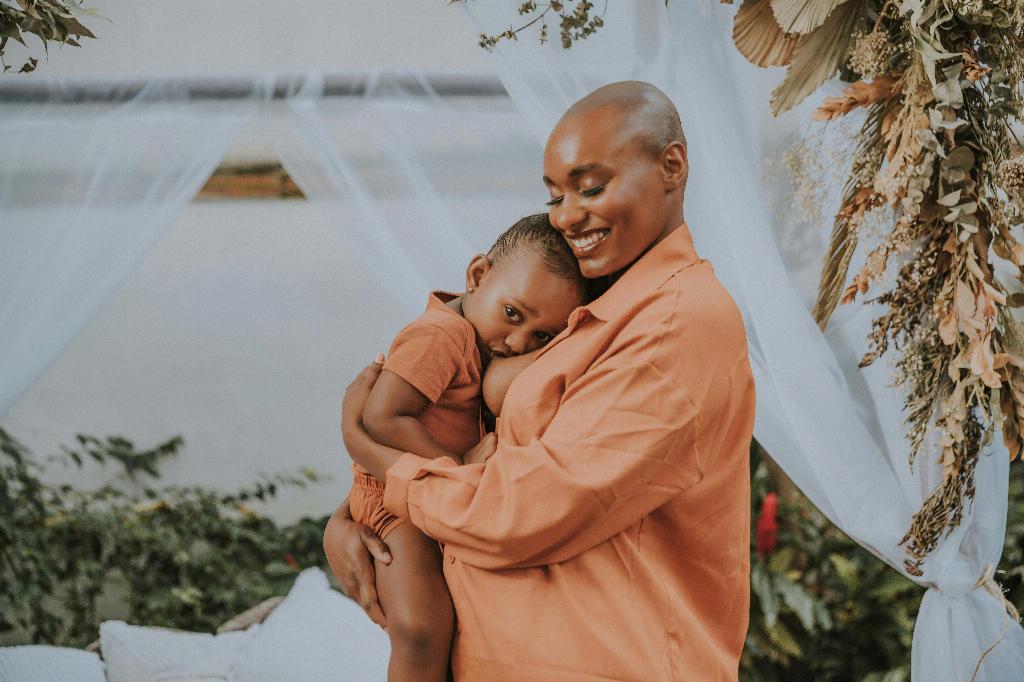When it comes to breastfeeding, many parents may experience situations where their baby coughs and splutters during feeds. This occurrence can be quite distressing for caregivers, but it is essential to understand the reasons behind it in order to address the issue effectively.
One common cause of a baby coughing and spluttering while breastfeeding is an oversupply of breast milk. This oversupply can lead to a fast flow of milk, especially during the initial letdown. As a result, the baby may struggle to keep up with the rapid flow, leading to coughing and spluttering as they try to manage the incoming milk.
It is important to note that an oversupply of breast milk is often associated with a forceful letdown. The forceful flow of milk can make it challenging for the baby to latch on properly and regulate the milk intake, causing them to cough and splutter as they try to cope with the high milk flow.
In some cases, a baby coughing and spluttering during breastfeeding may also indicate a shallow latch. A shallow latch can prevent the baby from effectively removing milk from the breast, leading to a build-up of milk in the mouth and throat, which can trigger coughing and spluttering.
Additionally, babies who are experiencing nasal congestion or cold symptoms may find it difficult to breastfeed smoothly. Nasal congestion can interfere with the baby’s ability to breathe properly while nursing, causing them to cough and splutter as they try to manage both breathing and feeding simultaneously.
Furthermore, certain medical conditions such as acid reflux or gastroesophageal reflux disease (GERD) can also contribute to a baby coughing and spluttering while breastfeeding. These conditions can cause stomach acid to flow back up into the baby’s esophagus, leading to discomfort and irritation during feeds.
If you notice your baby coughing and spluttering frequently during breastfeeding sessions, it is advisable to consult a healthcare provider or a lactation consultant for further evaluation and guidance. They can help assess the root cause of the issue and provide tailored recommendations to address the underlying concerns.
Implementing techniques to manage oversupply, such as block feeding or adjusting feeding positions, can help regulate the milk flow and reduce the likelihood of coughing and spluttering during feeds. Ensuring a proper latch and positioning during breastfeeding sessions can also promote more effective milk transfer and reduce discomfort for the baby.
It is crucial for caregivers to create a calm and supportive environment during breastfeeding to help relax both the baby and the mother. Stress and tension can impact the breastfeeding experience and may exacerbate issues such as coughing and spluttering. Providing comfort and reassurance to the baby can enhance the overall feeding process.
Offering frequent opportunities for burping during feeds can help alleviate trapped air in the baby’s digestive system, reducing the chances of coughing and spluttering. Burping the baby midway through and after breastfeeding sessions can aid in releasing any air bubbles that may be causing discomfort.
Remember that each baby is unique, and what works for one may not necessarily work for another. It may take some trial and error to find the most effective strategies for managing coughing and spluttering during breastfeeding. Patience and perseverance are key in navigating through these challenges.
By understanding the potential reasons behind a baby coughing and spluttering while breastfeeding and implementing appropriate interventions, caregivers can enhance the breastfeeding experience for both the baby and the mother. Seeking professional support and guidance can empower caregivers to address concerns effectively and promote a positive feeding journey.

